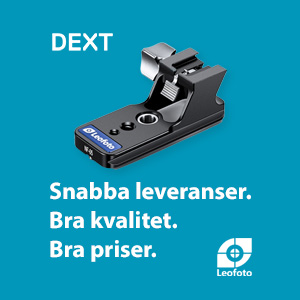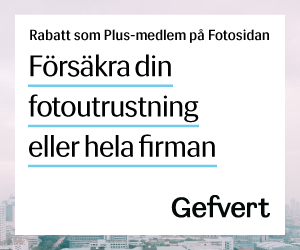ondjultomte
Aktiv medlem
http://theonlinephotographer.typepad.com/the_online_photographer/2008/12/sony-vs-nikon-v.html
The ultimate in image quality: Belongs to the Sony A900. That's assuming you're someone who knows how to use it and is willing to use it as it's intended to be used—it's not perfect for every style of work. But between its staggering resolution and very good dynamic range, its willing response to the Exposure and Recovery sliders, and its more "photographic" image quality (more on this later) and lack of digital artifacts—and despite its less-than-accurate color—it's the IQ emperor for now, among these four (i.e., the three under discussion and the D3). Downside: ya gotta need (or crave) that resolution. Otherwise it's just an also-ran. But if you do, you're just not going to get more impressive image files out of a 35mm-styled and -sized camera body.
The most recommendable: This prize goes to the Nikon D700. Given its sensible size compared to the D3, robust build, fast autofocus, overall responsiveness, superior ergonomics, unmatched high-ISO performance, and perfectly sensible file size, it's going to be the most bang for the buck for more photographers than either of the others. The Nikon is flat-out a better camera than the Canon, a point exemplified by its clearly superior autofocus performance (the 5D Mark II, when asked to autofocus, is sort of like "Huh? Oh, right," whereas the Nikon is a snappy "Yessir!") Its image quality is really pretty, and its files are superbly printable, and my feeling is that it would help more photographers take better pictures in more situations than either of the other two.
The best compromise: And here's where we come to the Canon 5D Mark II. No, the Canon does not have the A900's ungodly resolving power; but it comes reasonably close. And no, sorry, no matter what you've heard here, there, and everywhere, the Canon does not match the Nikon's high-ISO performance. Don't just look at the noise; look at the pictures. (I say that having made myself bleary-eyed poring over the most inane "test shots"—something I also once promised myself I'd do as little of as possible.) But it's pretty close. And here's the thing: it has much more resolution than the Nikon, and much better high-ISO capability than the Sony. So its win over the Nikon where resolution is concerned is bigger than the margin by which it loses to the Sony in the same department, and its win over the Sony in high-ISO performance is much more decisive than the margin by which it loses to the Nikon on that score. As they say in auto racing, when you're really good but not quite the best, what they call you is second—but strong seconds in two categories could be a good thing.
The ultimate in image quality: Belongs to the Sony A900. That's assuming you're someone who knows how to use it and is willing to use it as it's intended to be used—it's not perfect for every style of work. But between its staggering resolution and very good dynamic range, its willing response to the Exposure and Recovery sliders, and its more "photographic" image quality (more on this later) and lack of digital artifacts—and despite its less-than-accurate color—it's the IQ emperor for now, among these four (i.e., the three under discussion and the D3). Downside: ya gotta need (or crave) that resolution. Otherwise it's just an also-ran. But if you do, you're just not going to get more impressive image files out of a 35mm-styled and -sized camera body.
The most recommendable: This prize goes to the Nikon D700. Given its sensible size compared to the D3, robust build, fast autofocus, overall responsiveness, superior ergonomics, unmatched high-ISO performance, and perfectly sensible file size, it's going to be the most bang for the buck for more photographers than either of the others. The Nikon is flat-out a better camera than the Canon, a point exemplified by its clearly superior autofocus performance (the 5D Mark II, when asked to autofocus, is sort of like "Huh? Oh, right," whereas the Nikon is a snappy "Yessir!") Its image quality is really pretty, and its files are superbly printable, and my feeling is that it would help more photographers take better pictures in more situations than either of the other two.
The best compromise: And here's where we come to the Canon 5D Mark II. No, the Canon does not have the A900's ungodly resolving power; but it comes reasonably close. And no, sorry, no matter what you've heard here, there, and everywhere, the Canon does not match the Nikon's high-ISO performance. Don't just look at the noise; look at the pictures. (I say that having made myself bleary-eyed poring over the most inane "test shots"—something I also once promised myself I'd do as little of as possible.) But it's pretty close. And here's the thing: it has much more resolution than the Nikon, and much better high-ISO capability than the Sony. So its win over the Nikon where resolution is concerned is bigger than the margin by which it loses to the Sony in the same department, and its win over the Sony in high-ISO performance is much more decisive than the margin by which it loses to the Nikon on that score. As they say in auto racing, when you're really good but not quite the best, what they call you is second—but strong seconds in two categories could be a good thing.







